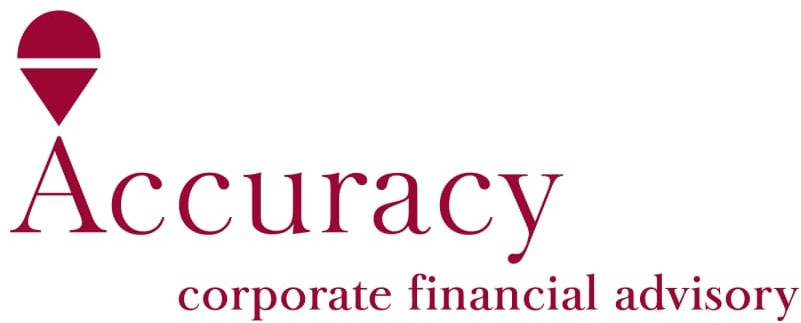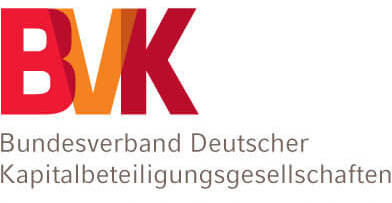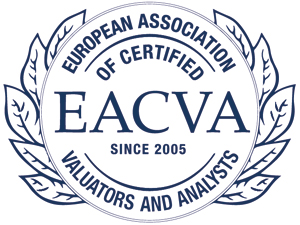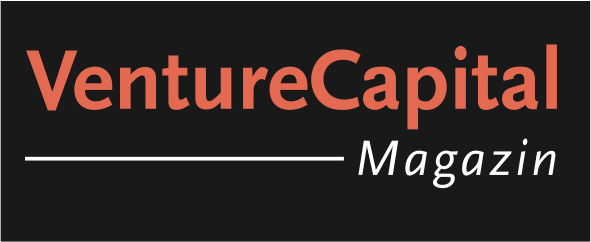NEWSLETTER of March 24, 2023
The following content has been added at finexpert:
Annual GERMAN TAKEOVER REPORT 2023
> finexpert | ValueTrust German Takeover Report 2023 Vol. 9 (March 2023)
Content
3 Market Overview
12 Capital Market Reaction
16 Statements & Fairness Opinions
24 Success Rates
29 Takeover Case Study: ADVA Optical Networking SE
31 Endgame Analysis
36 Transaction Details 2022
Studies > Performance
Amundi
EUROPEAN BANKING SECTOR SET TO WITHSTAND CREDIT SUISSE FRAGILITY
The failure of SVB and other regional banks in the US, which led to the turbulence now affecting Credit Suisse, can largely be attributed to the sharp increase in rates and the inversion of the yield curve. When the yield curve inverts, “carry trades” (buying long-term securities and funding this with short-term securities) fail to work. SVB was exposed to this type of carry trade, and this was one of the catalysts that led to a run on its deposits and, ultimately, its failure. The events at SVB triggered negative investor sentiment within the banking sector at a time of central bank tightening. Within Europe, Credit Suisse already stood out as an institution which had been experiencing deposit outflows for some time and hence was on investors’ radars. >more
Studies > Alternative Investments
McKinsey & Compamy
GLOBAL PRIVATE MARKETS REVIEW 2023: PRIVATE MARKETS TURN DOWN THE VOLUME
Private markets have enjoyed strong tailwinds since the depths of the Global Financial Crisis (GFC). Interest rates stayed low, credit availability was high, and valuations rose consistently. Each year since its inception, this annual publication has discussed new records in fundraising and deal flow while celebrating strong performance across asset classes. Even in 2020, when activity stalled briefly during the early months of the COVID-19 pandemic, private markets hummed again in the second half. In almost every regard, 2021 was an exceptional year (as we highlighted in last year’s report) but it was not a trend breaker. Markets climbed higher still, awash with central-bank-induced liquidity. In the first half of 2022, central banks fought roaring inflation by sharply raising interest rates, and public market valuations cratered. In the private markets, first-half deal activity softened but subtly so, nearly matching the record-setting pace set in 2021. >more
Studies > Macro
Deutsche Bank Research
HOUSING MARKET COULD CREATE A CATCH-22 FOR THE ECB
In the boom years, investments in many German cities offered a net rental yield of roughly 3%, which was financed by a mortgage rate of 1%. This offered positive cash flow. Investors could easily leverage it to earn double-digit returns. Now, with mortgage rates clearly above 3%, the tide has turned. Let us assume 4% financing costs. If rents cannot be raised in the short run, prices will have to drop by 25% to raise rental yields back to break-even. Of course, even more substantial price drops will be necessary if investors expect positive cash flow.We already anticipated in spring 2021 that the housing boom in Germany would come to an end, expecting a modest market correction, discussing the risk of an interest rate shock, and often mentioning the advantages of available hedging instruments. Unfortunately, we were still surprised by the steepness of the interest rate hikes that have occurred since December 2021. >more
Studies > Macro
Bridgewater Associates
THE TIGHTENING CYCLE IS APPROACHING STAGE 3: GUIDEPOSTS WE’RE WATCHING
As economies have progressed through this tightening cycle, they have passed through two primary stages. First, when the markets recognized that MP3 policies had produced an overshoot with respect to spending and inflation, they discounted a coming tightening. Then central banks actually tightened. Second, as the tightening progressed, inflation peaked and then drifted lower. The markets discounted that the end was increasingly near and that within a few months we’d have 2% inflation and moderately positive growth, which would allow short-term interest rates to begin a steady two-year decline. We were in sync with the first stage of this cycle and out of sync with the second stage, mainly because we were looking ahead to the stage after that. Now we are approaching either the soft landing or the beginning of a third stage. Given current conditions and the cause/effect linkages, odds favor that there will be a third stage and that it will mostly likely take the form of an economic downturn. >more
Research Papers > Corporate Finance
WHO BENEFITS FROM SUSTAINABILITY-LINKED LOANS?
Kai Du, Jarrad Harford, and David (Dongheon) Shin
2023
Sustainability-linked loans (SLLs), in which loan contract terms are contingent on borrower ESG performance, have grown exponentially in recent years. We examine the economic incentives underlying SLL arrangements. We find that loan spreads are not lower for SLLs, and borrower ESG performance does not improve after SLL initiation. On the other hand, SLL lenders are able to attract more deposits post-issuance and consequently increase their loans. We do not, however, find evidence that lenders extend SLL contracts to safe borrowers. Overall, our findings suggest that the incentives for entering SLL contracts are likely to lie on the side of the lenders, who capture most of the benefits from such loans. These findings question the intended objectives of SLLs. >more
Research Papers > Corporate Finance
CLO PERFORMANCE
Larry Cordell, Michael R. Roberts, and Michael Schwert
2023
We study the performance of collateralized loan obligations (CLOs) to understand the market imperfections giving rise to these vehicles and their corresponding economic costs. CLO equity tranches earn positive abnormal returns from the risk-adjusted price differential between leveraged loans and CLO debt tranches. Debt tranches offer higher returns than similarly rated corporate bonds, making them attractive to banks and insurers that face risk-based capital requirements. Temporal variation in equity performance highlights the resilience of CLOs to market volatility due to their closed-end structure, long-term funding, and embedded options to reinvest principal proceeds. >more













